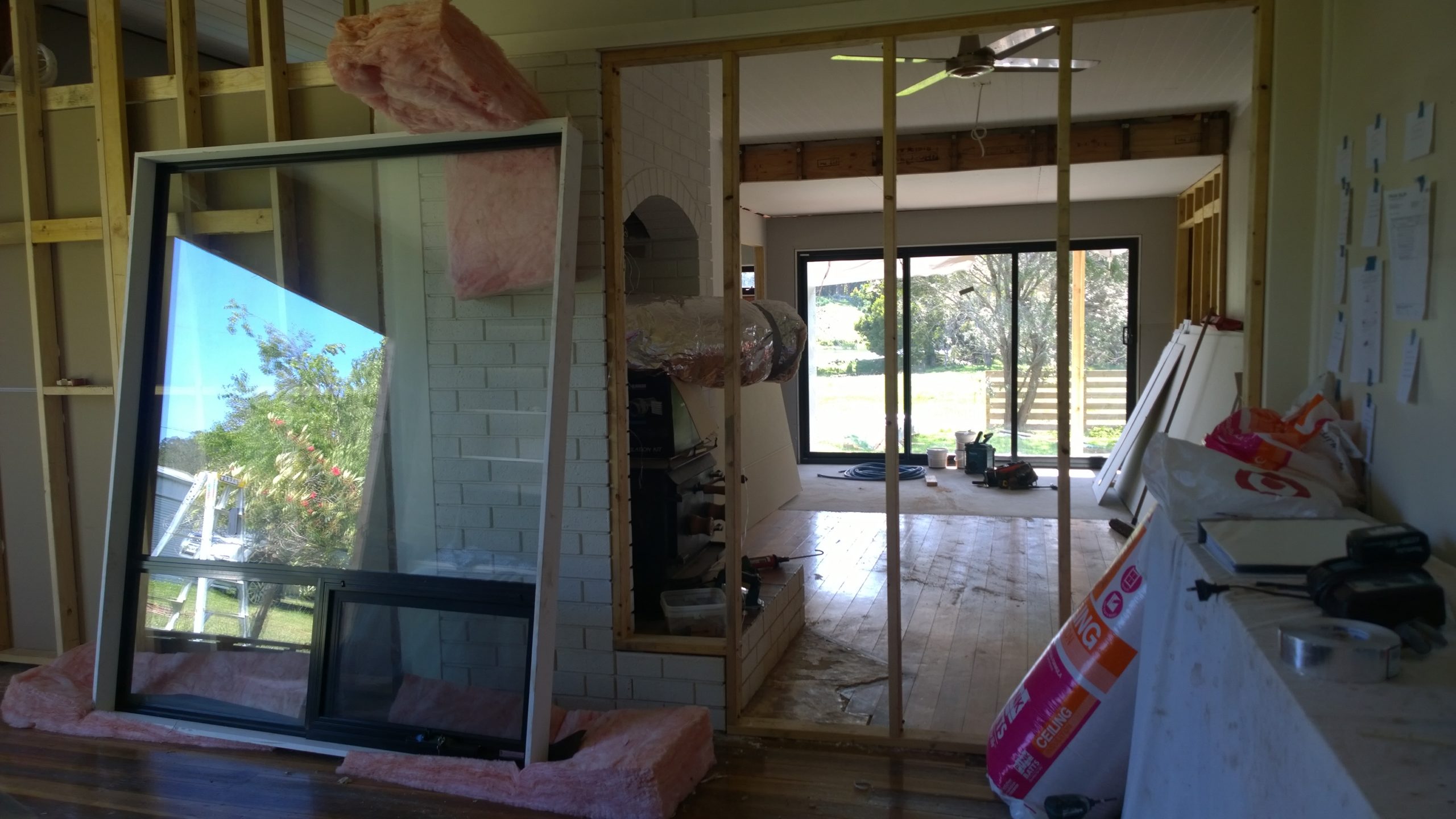Why salvaging building site waste is good for your bottom line
News and Events / News
It’s no secret that our landfills are choking on waste – bad news for both our environment and the planet.
The good news is, just like our household waste, we could be salvaging much of the building site waste coming from construction and demolition jobs.
And, with the State Government introducing a new levy on July 1st 2022, the more site waste you keep out of landfill, the less you’ll pay.
What’s the Draft Waste Action Plan, and how will it affect your building site?
The Tasmanian Government’s Draft Waste Action Plan has set a target to recover an average of 40% of recyclable or reusable material across all types of waste by 2025. Then rising to 80% by 2030.
To help fund this vital change, a landfill waste levy will come into effect. From July 2022, landfill users will be charged $20 for every tonne of waste sent for burial. A fee that’ll increase to $60 by 2026.
In short, the more valuable resources you’re salvaging from your building site waste, the better your bottom line.
Wondering which materials can be salvaged from a site?
Let’s look at a waste audit from a 2021 residential build site in Southern Tasmania.
Over the four building stages – foundation, lock-up, fit-out, and completion – a total of 2,804kg (13m3) of waste was dumped. Importantly, more than two-thirds of this could’ve been diverted from landfill.
Here’s how some of the salvaged materials could be repurposed:
- Metals (6.35% of all waste by weight) – scrap metal recycling
- Untreated timber (7.83%) – commercial composting or mulched for landscaping
- Cardboard (5.31%) – waste transfer station or commercial contract recycling
- Soft plastic (11.2%) – recycling potential
- Plasterboard (19.82%) – inert waste with potential for composting if untreated
- Polystyrene (2.05%) – waste transfer station or commercial contract recycling
- Cement, bricks, rubble (6.71%) – potential reuse when crushed
Most of us already do a great job at home, sorting our recycling and composting organic waste.
Now it’s time to create the same good habits on Tasmania’s building sites.
Need some tips to get started?
- Do your research – find the waste transfer station and commercial waste services close to your site and sort materials to match these services. We also have a Directory of Waste Services for builders which can help.
- Set up collection areas on-site – use bins and signage to make sorting easier and educate your team about what goes where
- Establish a storage location – store excess materials that can be used on future builds
- Follow waste hierarchy principles – speak to suppliers about packaging options to reduce waste arriving at your site in the first place.
Start getting your team prepared now.
How can the industry keep future levy costs down?
In Tasmania, some recycling and composting services are free, some may generate extra income (e.g. scrap metal), and some may charge a fee.
But here’s the thing.
Not all recycling services are widely available in Tasmania (e.g. soft plastic recycling) or may lack strong reuse demand (e.g. crushed rubble).
So it’s important to support those businesses already working in the sector (e.g. Replas and Spectran). Plus, if you notice gaps in recycling services in your area, consider how you can advocate for service expansion.
Want to know more?
Grab a copy of the waste audit report, including the full list of industry and builder recommendations here:
Building Site Waste Audit Report
